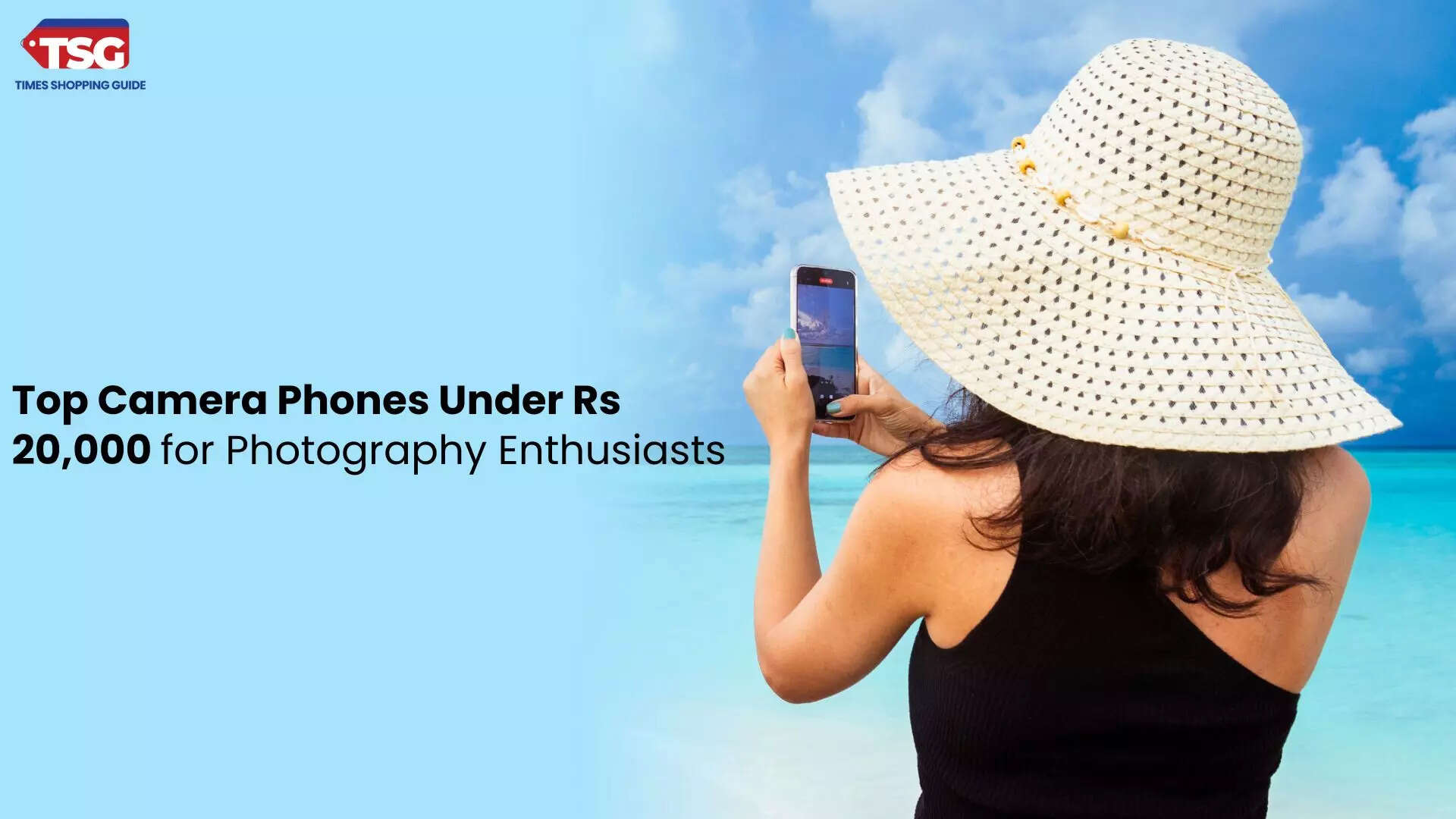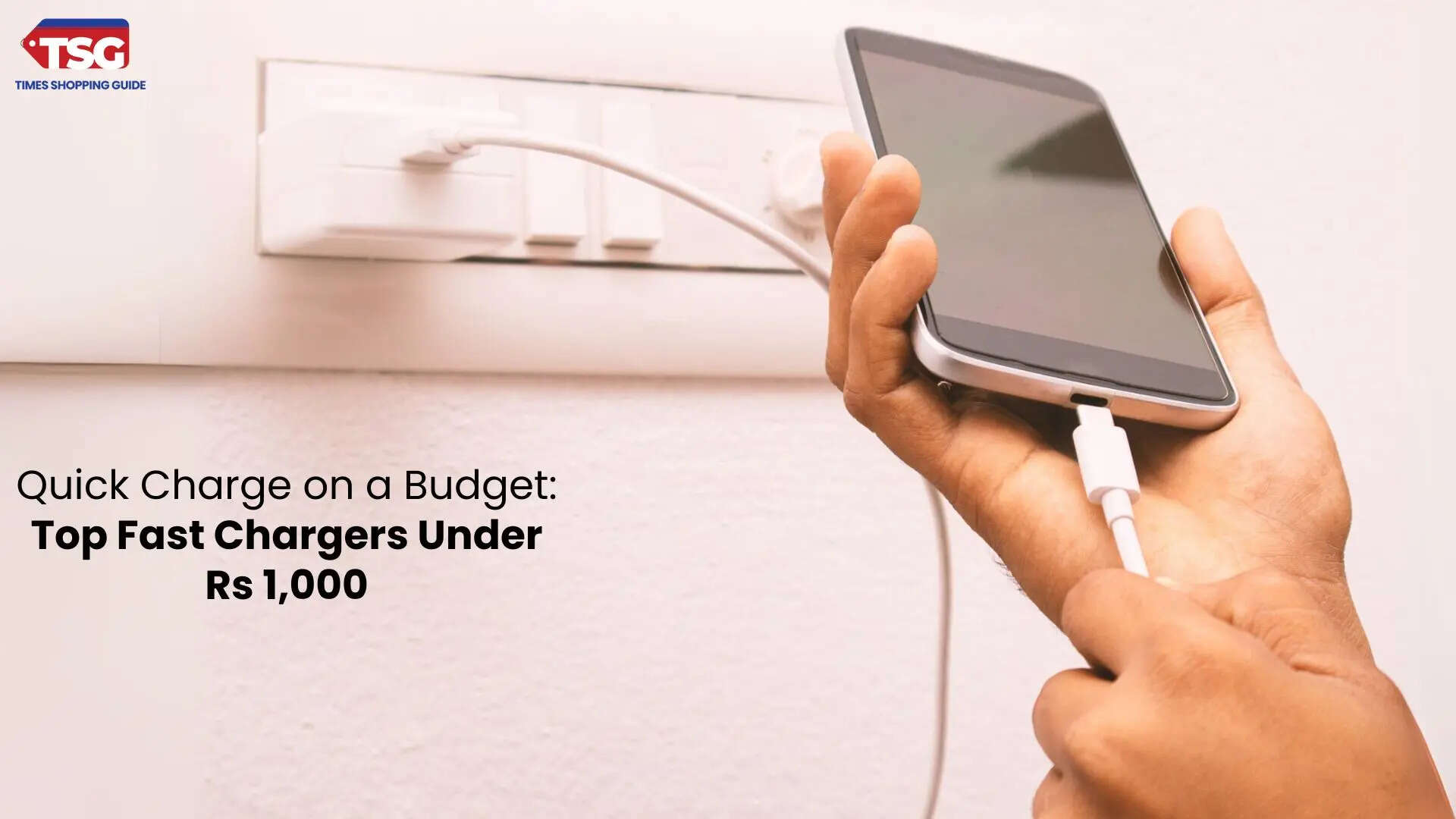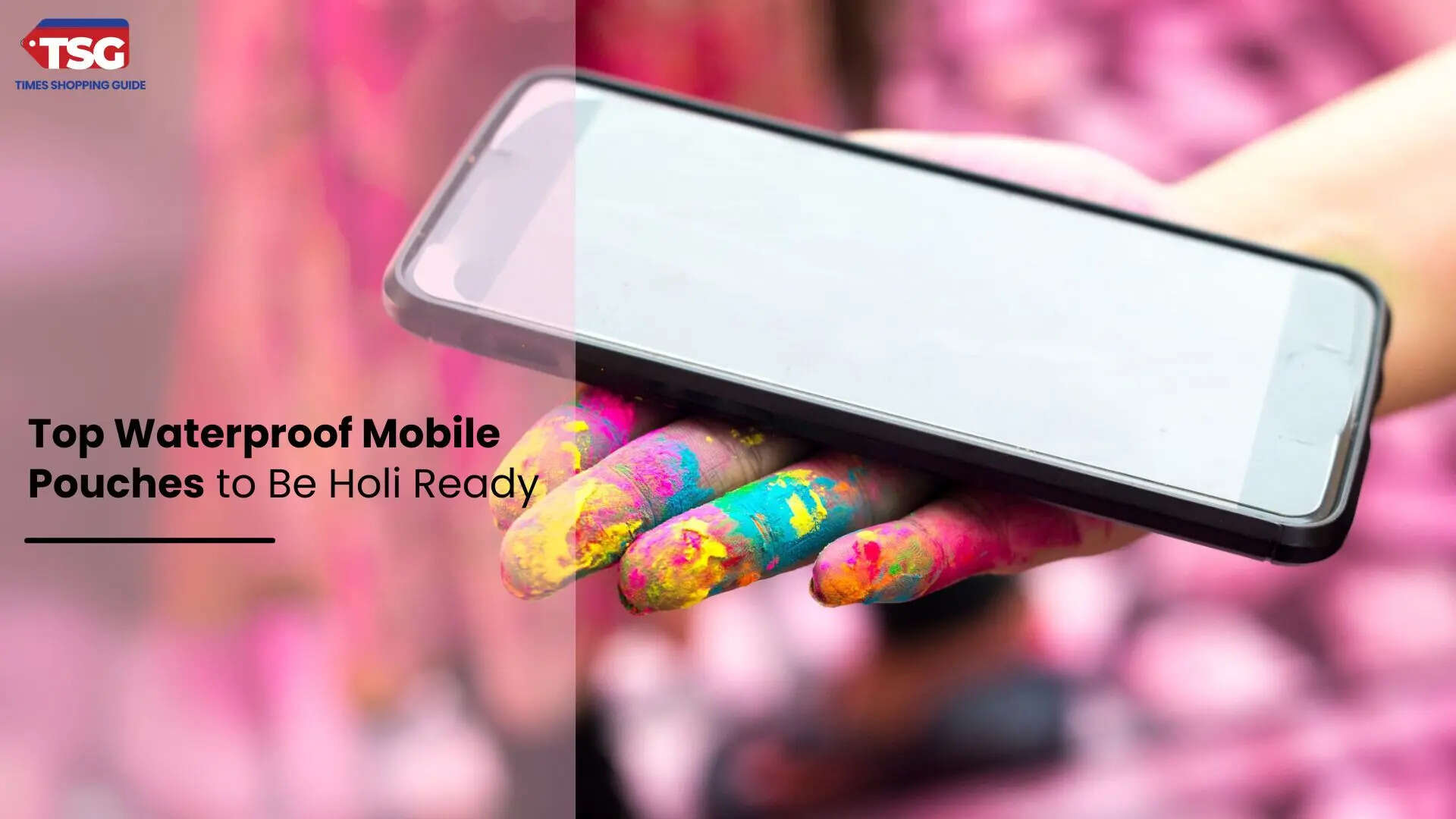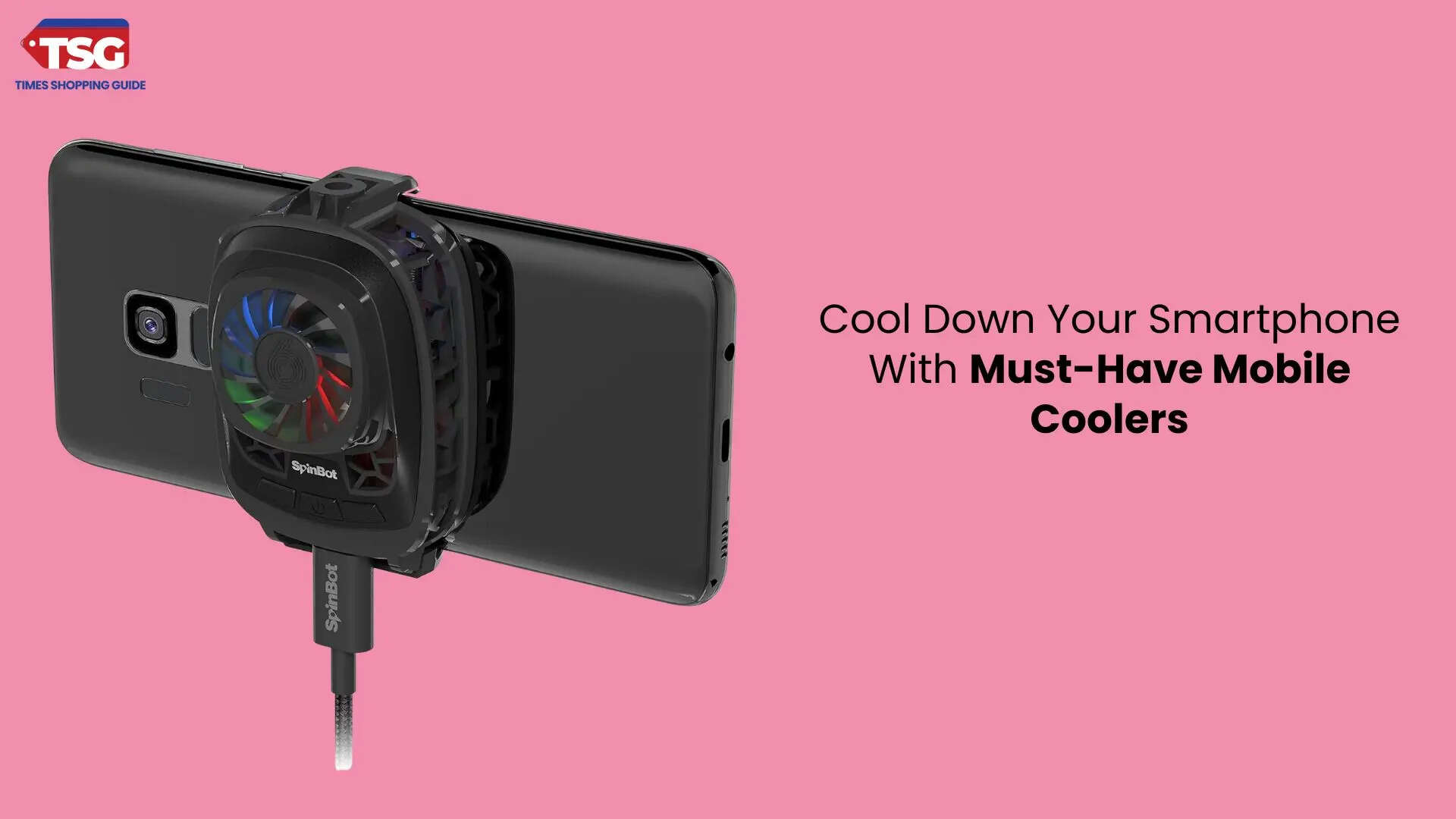Best Camera Phones Under Rs 20,000 for Every Shutterbug
Having a strong smartphone camera is now a need rather than a luxury in the era of Instagram and Snapchat. There's no need to spend a fortune on expensive models. Whether you're an aspiring photographer or just enjoy taking photos while on the go. Check out the best camera phones for less than Rs 20,000.

These days, smartphone serves as your primary camera, so it's important to pick one that can meet your needs for photography. But how can you choose the best option for you when there are so many available? Here's where we come. We've carefully chosen a selection of smartphones that are both affordable and excellent at capturing detailed, colorful, and sharp images.
All of your photos, whether you're taking selfies, portraits, or breathtaking landscapes, will turn out beautifully thanks to these best camera phones under Rs 20,000. Get your photography game up without going over budget! Check out our top picks here.
Best camera phones under Rs 20,000 in 2024
| Camera phones | Primary sensor |
| Redmi 13 5G | 108MP Pro Grade Camera |
| Realme NARZO 70 Pro 5G | 50MP Flagship Sony IMX890 Night vision OIS camera |
| OnePlus Nord CE4 Lite 5G | 50MP Sony LYT-600 main camera |
| Lava Blaze Curve 5G | 64MP Sony Sensor |
| OnePlus Nord CE 3 Lite 5G | 108 MP Main Camera with EIS |
| iQoo Z9 Lite 5G | 50MP Sony AI Camera |
1. Best in camera: Redmi 13 5G
Users' feedback: Consumers appreciate the phone's fast charging and clear display. They talk about how it opens apps quickly, has vivid colors, and is sharp. Additionally, customers are happy with the value for their money.
2. Best in design: Realme NARZO 70 Pro 5G
Users’ feedback: Users liked the smooth experience, and camera and had an awesome video viewing experience. They also like the fingerprint sensor.
3. Best overall: OnePlus Nord CE4 Lite 5G
Users' feedback: Users liked the phone's design, battery life, and camera quality. They say it's a good phone for everyday use, has an attractive display, and is reasonably priced. The ease of use, sound quality, and charging speed have also won over customers.
4. Best in features: Lava Blaze Curve 5G
Users' feedback: Customers loved the cell phone's speed, value for money, and high-quality display. They say it works really fast, has a curve AMOLED display, and is a good phone for people on a tight budget. Others enjoy the smoothness as well.
5. Best in UI: OnePlus Nord CE 3 Lite 5G
Users’ feedback: Customers like the value and charging speed of the cellular phone. They mention that it's a budget-friendly 5G smartphone with great performance and bloat-free software.
6. Best in budget: iQoo Z9 Lite 5G
User's feedback: Customers liked the cell phone's affordability and long battery life. They say it has good performance, good design, and works well for this price range.
Disclaimer: Times Shopping Guide is committed to bringing you the latest products from the best brands. Our selection is based on market research and positive consumer feedback. Times Shopping Guide is also a part of an affiliate partnership. In line with this, we may receive a portion of the revenue from your purchases. Please note that the product prices are subject to change based on the retailer's deals.








